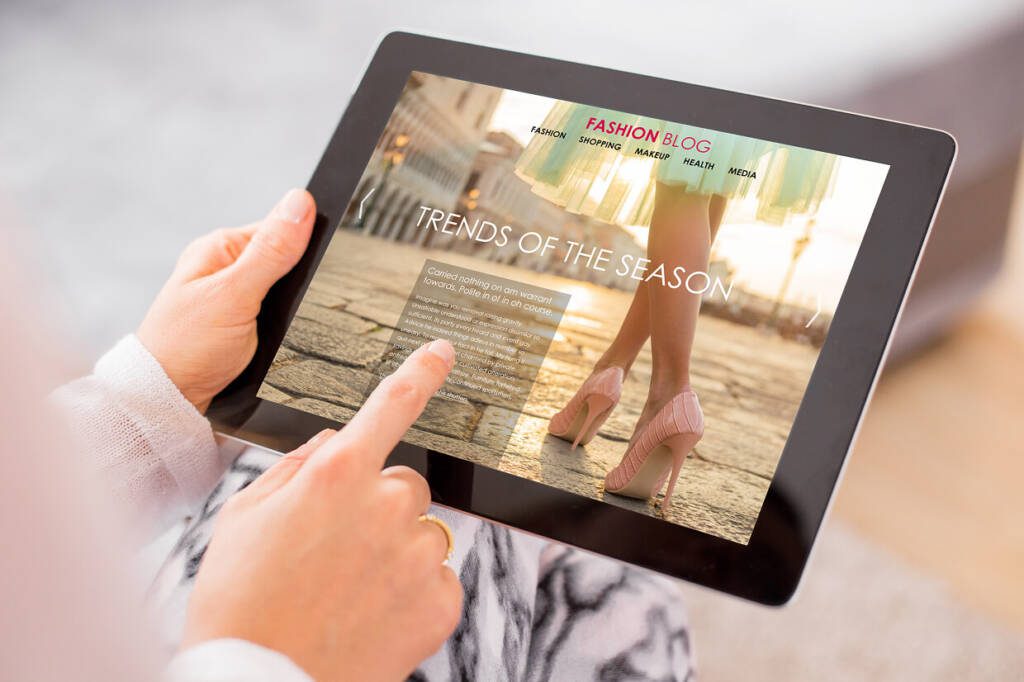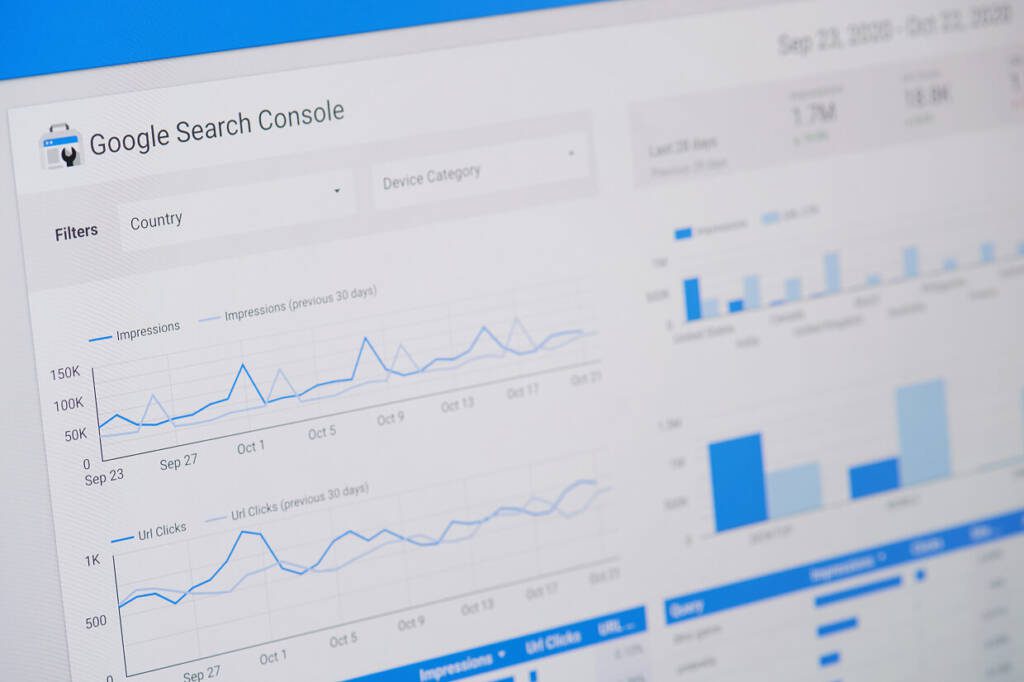A niche finance blog once demanded a thirty-minute vetting call before approving a single guest post. Today, that lone link drives more referral traffic than dozens of faster wins.
Because link building is about credibility, not raw volume.
Search engines view a backlink as a vote of confidence, but some votes weigh more than others. A link from Gartner or Harvard signals trust, while dozens of links from low-quality directories add risk and little value.
The best SEO agencies aren’t buying links, spamming comment sections, or dumping content into expired domains. Those tactics still happen, but they’ve lost power and gained risk. Real SEO firms focus on something else: building a reputation.
Quality Beats Quantity
One link from a trusted site like Harvard.edu, TechCrunch.com, or Gartner.com carries more weight in rankings than hundreds of weak ones. Google’s 2023 Search Quality Evaluator Guidelines make it clear that the credibility of the linking site matters more than the count.
Think about links on a site like trophies on a shelf: if they’re just plastic ones from the dollar store, no one will be impressed. No matter how shiny they look.
A study by Backlinko, covering 11.8 million search results, confirmed this perspective. Pages that ranked in the top five positions attracted nearly four times more links from unique domains than lower-ranking pages and link quality proved to be the deciding factor.
The leading agencies select links from:
- High-authority domains that align with the site’s specialization
- Industry-specific publications rather than general news outlets
- EDU and GOV sites when relevant
- Legitimate media syndication, instead of mass-produced press-release networks
Variety Signals Authenticity
The Google algorithm expects backlinks to be diverse in nature instead of following a uniform pattern. Or, in other words, a link profile needs to appear organic and demonstrate the following characteristics:
- Referring domains: a mix of websites with high and mid-authority domains
- Content formats: editorials, interviews, tools, guest contributions
- Link attributes: dofollow, nofollow, UGC, sponsored
- Anchor text: branded, partial match, generic phrases, plain URLs
HubSpot offers a real-world example. The company receives links from product reviews, integration partners, academic citations, and blog references. The diversified linking structure helps the website establish its authority for competitive search terms.
The link profiles of experienced agencies in Ahrefs and Majestic have similar characteristics which they address before any suspicious patterns attract negative attention.
Anchor Text Isn’t Decoration

Anchor text serves as a signal to Google about the relevance of the link. The repeated use of phrases like “buy blue widgets” throughout all anchor text looks spammy according to Google’s Spam Policies, which identifies this practice as risky.
A reasonable anchor distribution may look like:
- 50-60 percent brand names or plain URLs
- 20-30 percent partial-match keywords
- 10-20 percent generic phrases such as “this post” or “learn more”
The exact mix varies by page. Product pages need extra keyword context but homepages use mostly branded anchors.
Real Relationships = Real Links
Large-scale outreach can still be useful, but generic templates rarely land top-tier links. Editors, journalists, and business owners are way more likely to reply to someone they already know. Agencies that build real, long-term relationships are more likely to earn links from high-authority sites.
Through services like HARO, Qwoted and Featured.com subject-matter experts can provide quick commentary that generates links from outlets such as Forbes, Inc., or Entrepreneur.
Elite agencies go even further. They sponsor niche events, support academic research, or partner on industry projects, because that kind of work naturally leads to citation-worthy links.
Content Still Pulls the Weight
People link to information they find helpful. Top agencies invest in content that is useful or offers original value you can’t get anywhere else:
- Original research, such as Semrush’s annual “State of SEO” reports, consistently attracts thousands of backlinks.
- Interactive tools like Moz’s Domain Authority checker keep earning links from blogs and tutorials.
- Thought leadership, with real opinions, sharp takes, and case studies, often gets picked up by industry newsletters.
The best content also targets high-intent search topics and gets distributed through channels that move fast: newsletters, podcasts, partnerships. That’s how link growth compounds.
Ongoing Oversight Preserves Results

Links can disappear, referring domains may shut down, and spam can creep into a profile. Monitoring should be treated as an ongoing asset-management task.
- Ahrefs identifies lost or broken links
- Google Search Console logs link sources and counts
- Screaming Frog scans for link anomalies
- Disavow files isolate harmful links that could trigger penalties
Routine audits also reveal anchor-text drift or sudden link spikes that may indicate scraping or negative SEO.
Sustainable Link Building Demands Discipline
Many links are not worth preserving, and many tactics are not worth testing. The best agencies know that and focus on sustainable practices because they have seen the consequences of quick-fix strategies.
Looking for an agency that knows how to earn links the right way? Start with the ones who don’t treat it like a checklist. Here’s a vetted list of SEO agencies that actually know what they’re doing.

